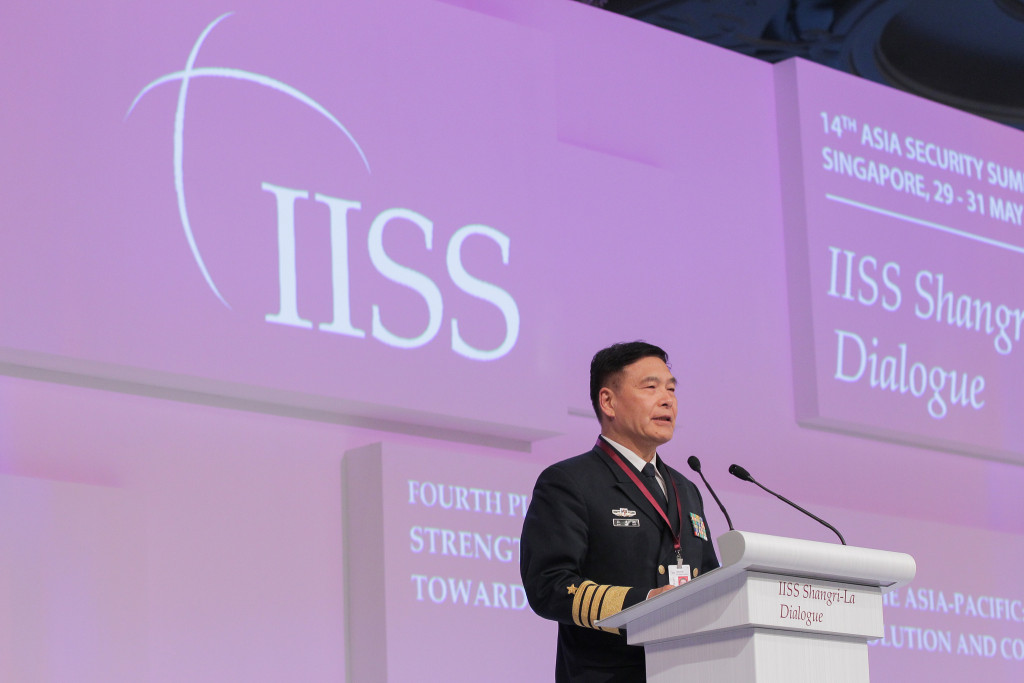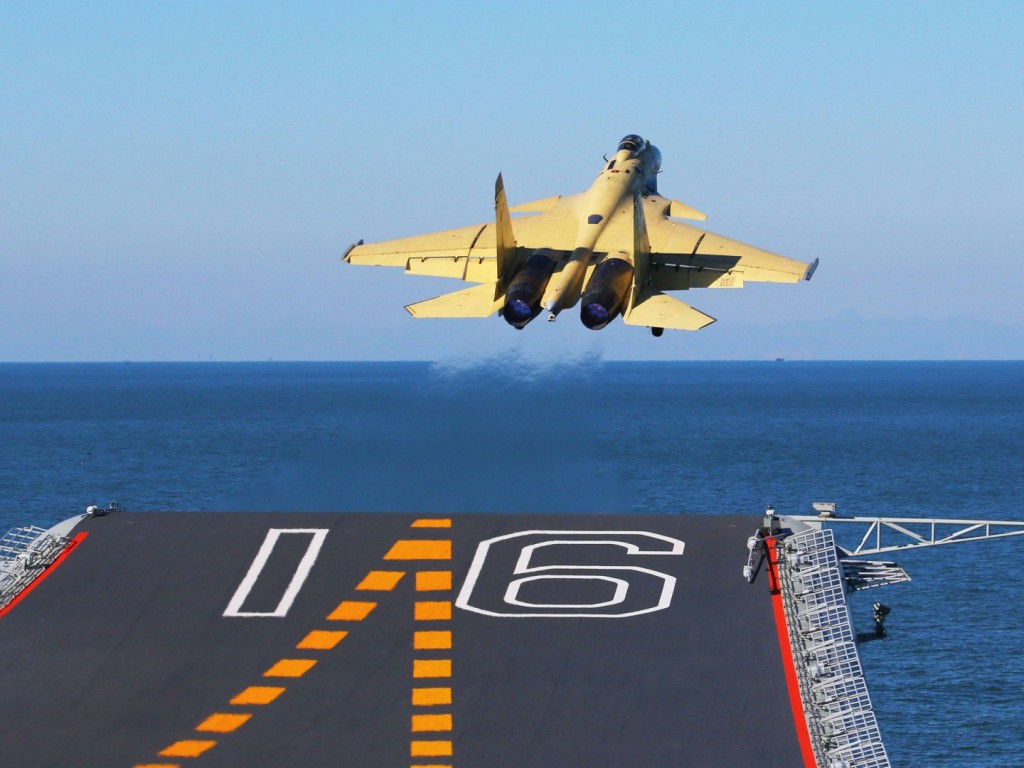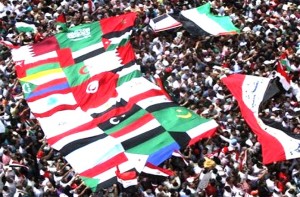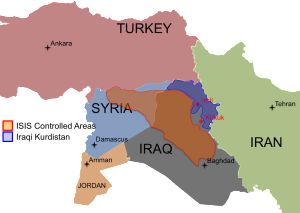Taking a page from the Pentagon’s playbook, China last month publicly revealed a new military strategy; a first ever move that advertises how Beijing intends to implement its growing foreign policy in the coming years. Released on May 26th just days ahead of the 2015 Shangri-La Dialogues, the strategy supports China’s three national priorities (safeguarding national unification, maintaining territorial integrity, and developing its economy), and describes a shift away from land power in favor of the air and maritime domains. But the new strategy is about much more than a simple change in emphasis, it embraces joint operations and offensive warfare, particularly in the maritime domain, and introduces security cooperation as a key element of national policy. These are sophisticated concepts associated with power projection and though this may cause concern in some western military circles, they are a recognition of a strategic reality that has been evident for some time already: specifically that China simply must project power if it wants to sustain its increasing importance in the global economy.

The emergence of the air and maritime domains (and by extension the space domain) in Chinese strategic thinking is a natural outgrowth of the country’s new economy. In the 1950s when China set the foundations on its previous strategic concept, the country was an inward-facing rural agrarian society that largely provided all the resource needs of its own economy. Territorial integrity and population resource control within mainland China were the overarching preoccupations of Beijing. An independent, centralized economy and a closed society were basic tools to maintain this control and support the limited foreign policy of the Chinese Communist Party.
The Chinese Dream
Needless to say, that has been changing at an ever-quickening pace since Deng Xiaoping suggested that to be rich is glorious. Since then, China has become an integral player in the modern globalized economy. It joined the World Trade Organization in 2001 and now provides labor and infrastructure for an enormous percentage of the world’s simple manufacturing; in effect, China has subordinated its foreign policy to its economy much as western nations have been doing for hundreds of years. In this regard, the new Chinese strategy is a sensible adjustment to globalization.
Thus, power projection has become the unifying principle of Chinese military development affecting all branches of its armed forces. The People’s Liberation Army (PLA), traditionally a defensive force, is transitioning “from theater defense to trans-theater mobility”. It is adapting itself to tasks in different regions of the world and for different purposes. The PLA Air Force (PLAAF) will take on offensive missions including air strike, airborne operations, and strategic projection. This last bit was clearly on the minds of generals and politicians in Beijing during the search for Malaysia Airlines flight 370 which featured PLAAF air and logistical units operating deep in the Indian Ocean from forward bases for extended periods. Though the operation revealed weaknesses in air-sea integration, intelligence fusion, and planning, it was a necessary first step and undoubtedly provided many important lessons. The PLA Navy (PLAN), which in the past more closely resembled a coast guard than a true navy, is making the most visible transition, developing carrier aviation, ballistic missile submarines, and possibly even anti-ship ballistic missiles. Like the PLA Air Force, the PLAN is already experimenting with power projection, operating a national counter-piracy operation in the Arabian Sea and Gulf of Aden since 2008 and influencing construction of dual-use port facilities in the Maldives, Pakistan, and elsewhere. Notably, PLAN also pioneered integration with Chinese paramilitary units of the Coast Guard and Fisheries Service that are on the forefront of defending territorial claims in the East and South China Seas.

Non-Traditional Security
While China’s military evolution is observable and measurable, other aspects of its drive to project power are less so. Chinese cyber units have been attacking American military and commercial activities for years with the latest incident, according to two US Senators, taking place last week when hackers stole security background information of up to 4 million US Government officials. In the realm of security cooperation, Chinese Special Operations Forces (SOF) are also becoming more active and more aggressive. There were credible reports in June 2014 that Chinese SOF helped evacuate their nationals from Iraq as that country came under threat from the Islamic State of Iraq and the Levant (ISIL). Similar operations took place more recently in Yemen. Chinese naval commandos are known to operate with PLAN task groups in the Gulf of Aden, and other Chinese SOF are busy engaging counterparts around the world. By early 2012, this activity had accelerated so much that US Intelligence grew concerned this was a systematic attempt to directly counter American influence in Southeast Asia. They had determined that Chinese SOF were engaging Southeast Asian units hot on the heels of similar visits by US SOF teams. While the timing and the targets of these exchanges is impossible to dispute, these patterns probably had more to do with host nation priorities for which units would benefit from the training. Whatever the real motivation, the point is that Chinese SOF are engaging regional neighbors in the exact same manner as US SOF and reportedly with much more flexible rules for investing in their hosts. And while SOF is the most versatile and reliable of China’s tools for security cooperation, it is hardly the biggest or most important. China maintains robust relations through training exchanges in Africa and Latin America and routinely conducts combined exercises with Russia under the auspices of the Shanghai Cooperation Organization (SCO). The new strategy reinforces these interactions but also specifically recommends increasing military ties with Europe in unspecified ways.
For observers and practitioners familiar with the strategic culture of China in the last ten years, there is a noticeable if hesitant emergence of the Chinese military from the shadows of secrecy and a defensive mindset. While western nations may be very happy to accept China into the global economy, they are less comfortable with the corresponding increase in Chinese military engagement. Western discussions on the management of China’s rise are overwhelmingly presented in economic terms, leaving us to ponder whether the purpose of the newly released strategy is to remind us that we must also consider the rise of China’s military if we hope to keep peace in Asia.
Lino Miani is a retired US Army Special Forces officer, author of The Sulu Arms Market, and CEO of Navisio Global LLC.







